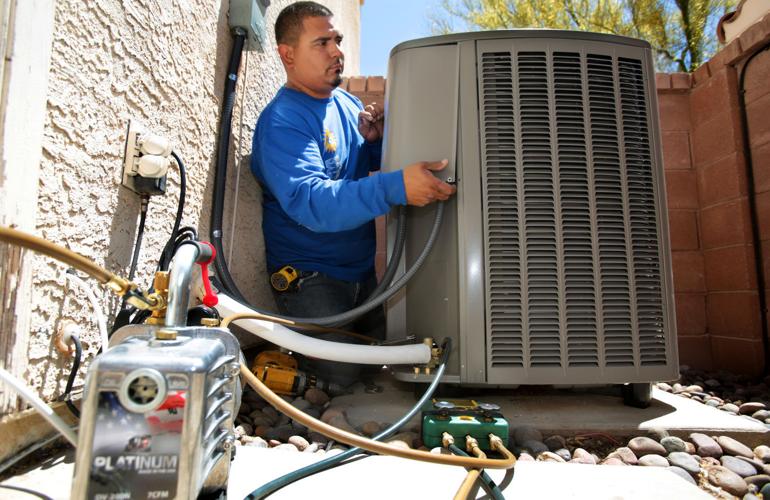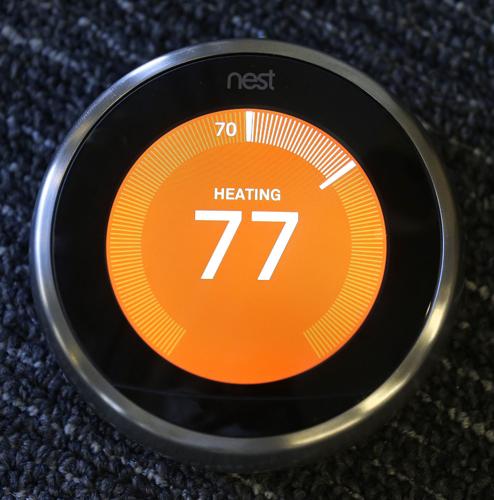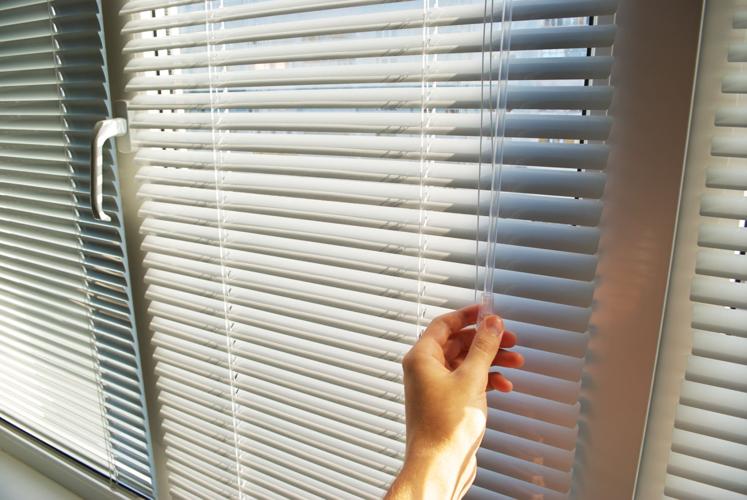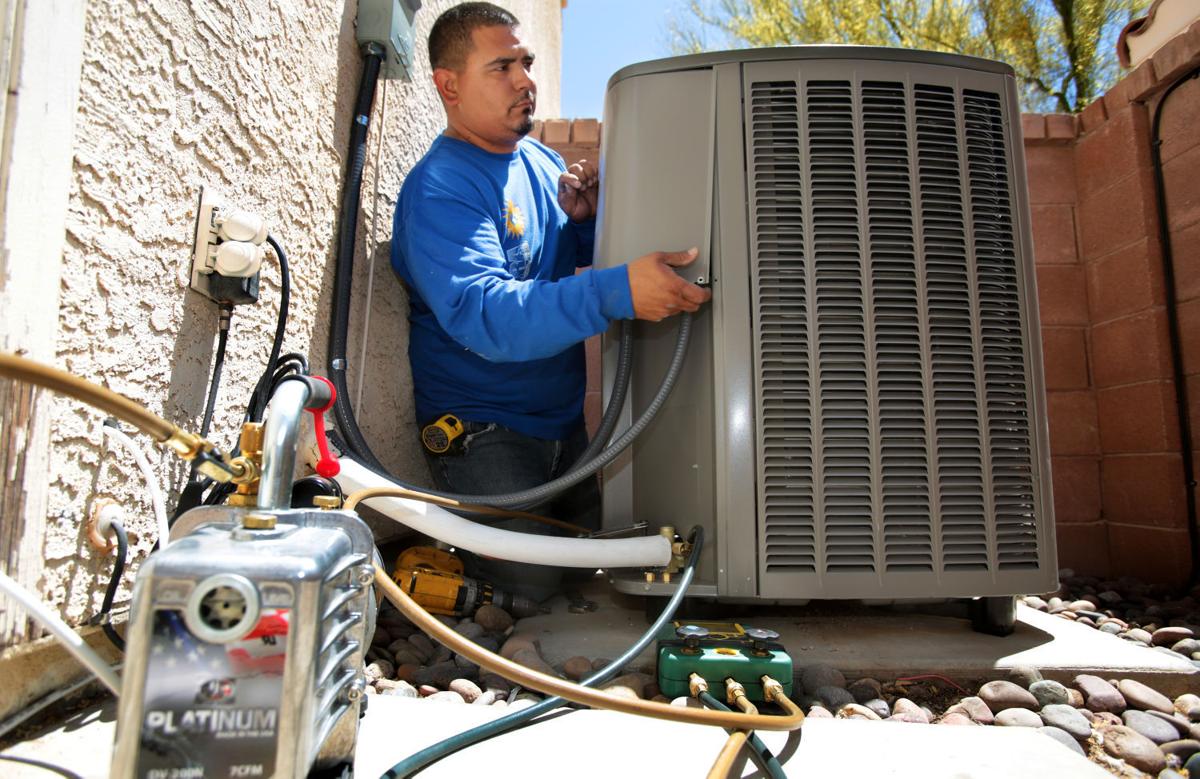Every summer, utilities and media outlets come out with tips on how to save money on your electric bill.
Most people know the basic strategies, like turning up your thermostat temperature settings, drawing your blinds during the day, sealing and insulating your home.
But here are seven things you may not know about saving energy and cutting your power bills:
1. Budget billing
While trying to cut energy use, you can also avoid budget-busting summer power bills by signing up for TEP’s “budget billing” program, which allows you to pay your bill in equal monthly installments based on your average usage.
Signing up in mid-summer may help you avoid some big bills in the near term. But be prepared to pay larger bills in the cooler months, and you could be asked to pay more down the road if you used more than your estimated bill (or you could get a credit if you used less).
It’s important to note that budget billing is not a discount program, and ultimately, you’ll only pay for the energy you use, TEP says.
2. Use fans wisely
Using ceiling or oscillating fans keeps air moving and can make you feel cooler without increasing air conditioner use. (Some experts also say the circulating air will help your air conditioning unit run more efficiently.)
The benefits of fans outweigh their electricity use, experts say. But since fans only make occupants feel cooler, they advise turning fans off with room lights whenever you’re leaving a room for an extended period.
And all fans are not created equal. According to the Energy Department, ceiling fans that are certified under the Energy Star program use improved motors and blade designs that make them up to 60 percent more efficient than conventional fan-light units, which can save you more than $15 per year on utility bills.
3. Take advantage of rebates
If you’ve got some money to spend, you could take advantage of an array of rebates offered by TEP to help it reach state-mandated energy efficiency goals, like up to $1,450 in instant rebates for upgrading an inefficient air conditioner and $200 in rebates for an Energy Star qualified variable-speed pool pump.
If you don’t have much money, you can buy energy-efficient compact fluorescent light bulbs, which are sold at a discount at local stores with subsidies from TEP and its ratepayers. If your household income is below certain gross-income thresholds — $48,500 for a family of four — you may qualify for free home weatherization assistance.
Another big reason for TEP customers to take advantage of rebate programs: You’re already paying for them anyway, through surcharges placed on all customer bills to fund energy-efficiency programs.
For more information on TEP programs, go to www.tep.com/efficiency
4. Kill the energy vampires?
Devices like TVs, appliances with digital clocks, game consoles, and computers and peripherals like printers can continue to draw power in standby modes even when they’re not in use, earning them names like energy “vampires” or “phantoms.”
While you can’t eliminate every one — after all, it’s handy to have a clock on your range — TEP says the 20 or so energy phantoms in the average home can cost hundreds of dollars per year.
Putting them on "smart" power strips, which turns devices off after they've been on standby for a while, can help. However, newer devices draw much less standby power, thanks to government and industry initiatives over the past decade to reduce standby power modes to one watt or less.

Nest Learning Thermostats recognize when no one is home and turns itself down.
5. Every kilowatt counts
Setting your thermostat at the highest comfortable temperature can minimize your cooling costs. The U.S. Department of Energy recommends setting your thermostat at 78 degrees in the summer, estimating that for every degree you raise your thermostat, you can cut your overall energy costs by about 2 to 3 percent.
What you may not know is, most home customers of Tucson Electric Power Co. (and those of some other utilities) also will pay more for each kilowatt-hour they use as they pass certain usage thresholds.
That means rates range from 5.6 cents to 9 cents per kwh, depending on how much you use.
The typical TEP residential customer uses an average of about 800 kWh per month over the year, but as demand peaks typically in July, the average monthly usage for residential customers tops 1,200 kWh, the utility says.

6. Don’t close off vents
During the summer swelter or the winter chill, it may be tempting to close off rooms you’re not using and close their vents completely.
But experts say modern heating and cooling systems are designed to operate in a balanced pressure throughout the house, and blocking vents can throw the system off, causing them to work harder.

7. Window film caveat
Using reflective or low-emissions window film is recommended along with shades, blinds or draperies to reduce heat gain around windows, particularly east and west-facing windows.
But the Energy Department says films are best used in climates with long cooling seasons, because in the winter they will also block some of the sun’s natural heating effect.








